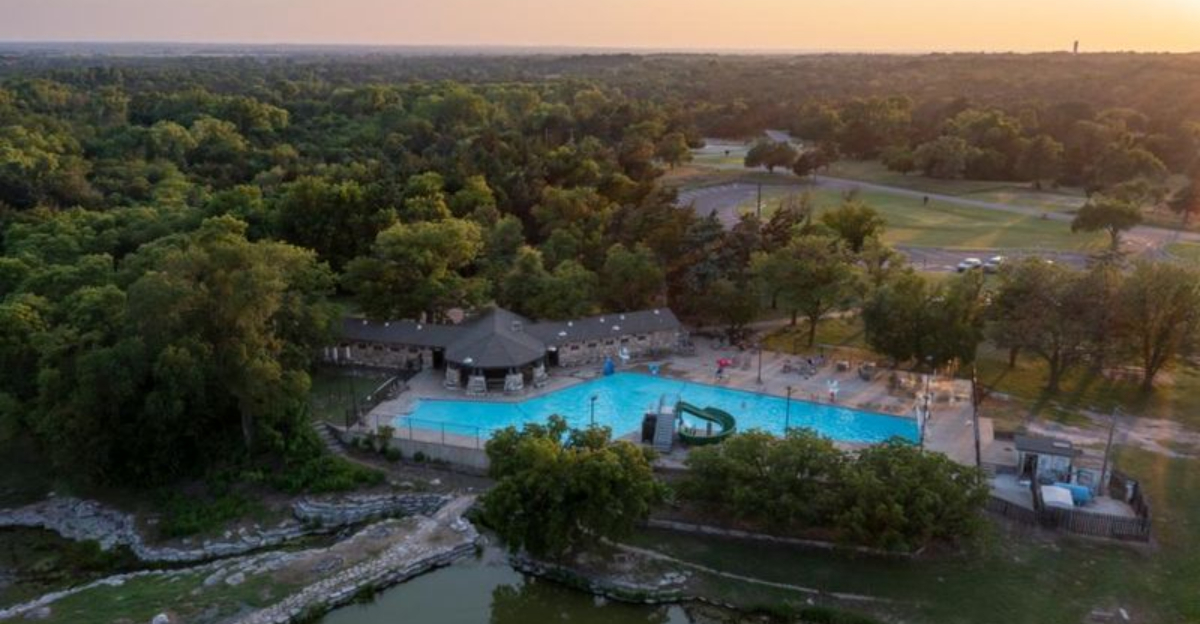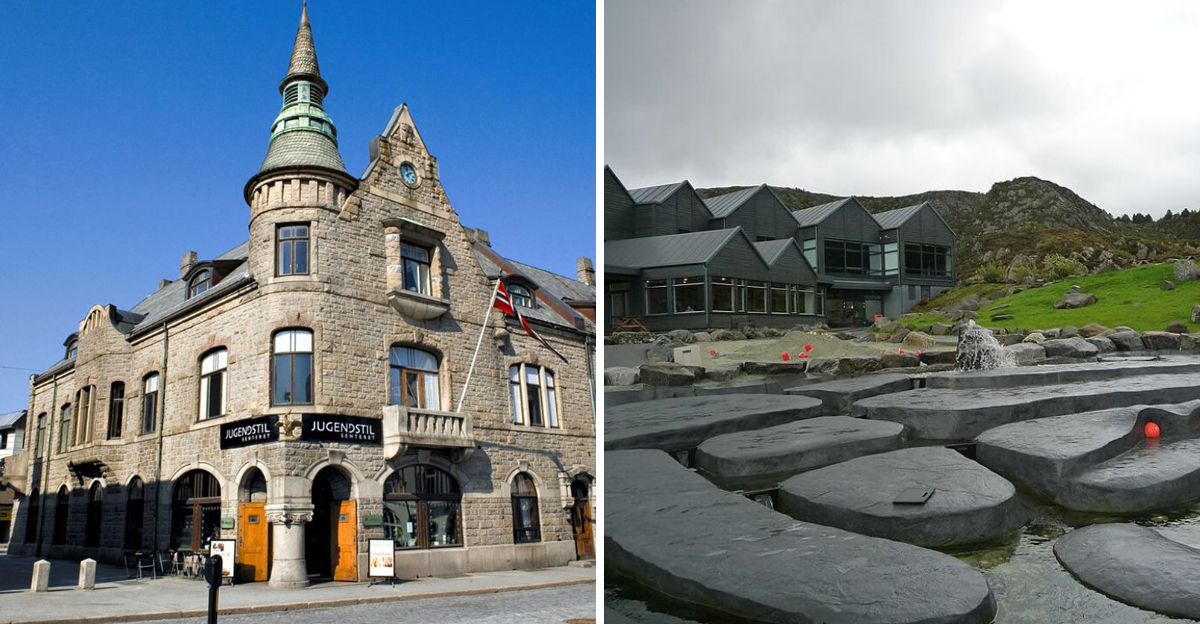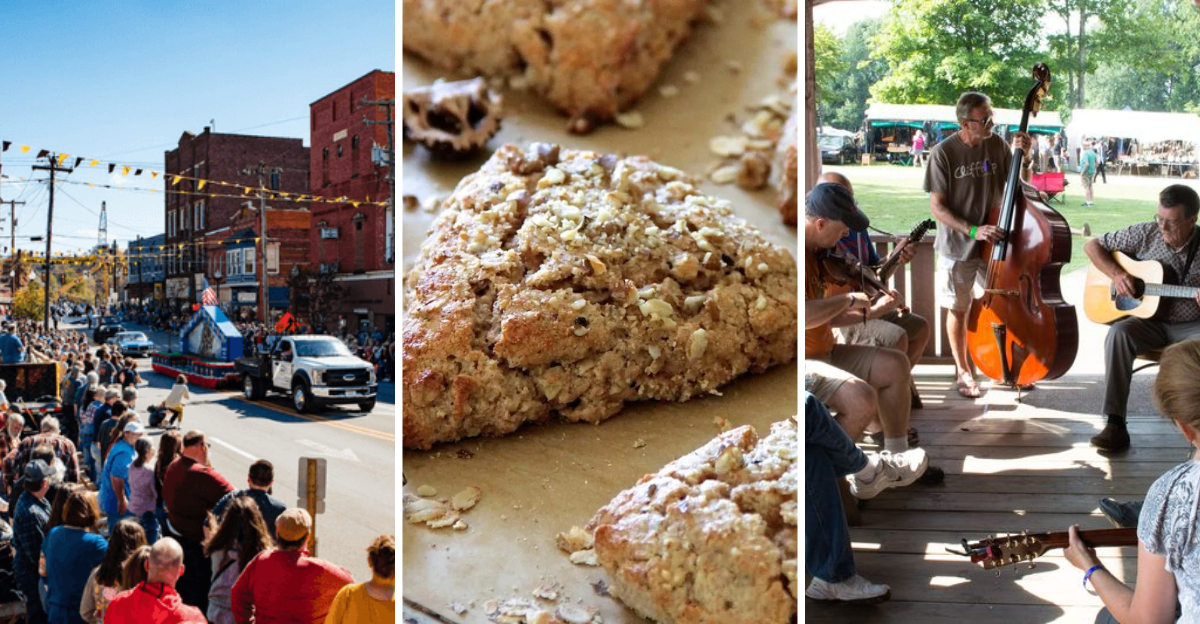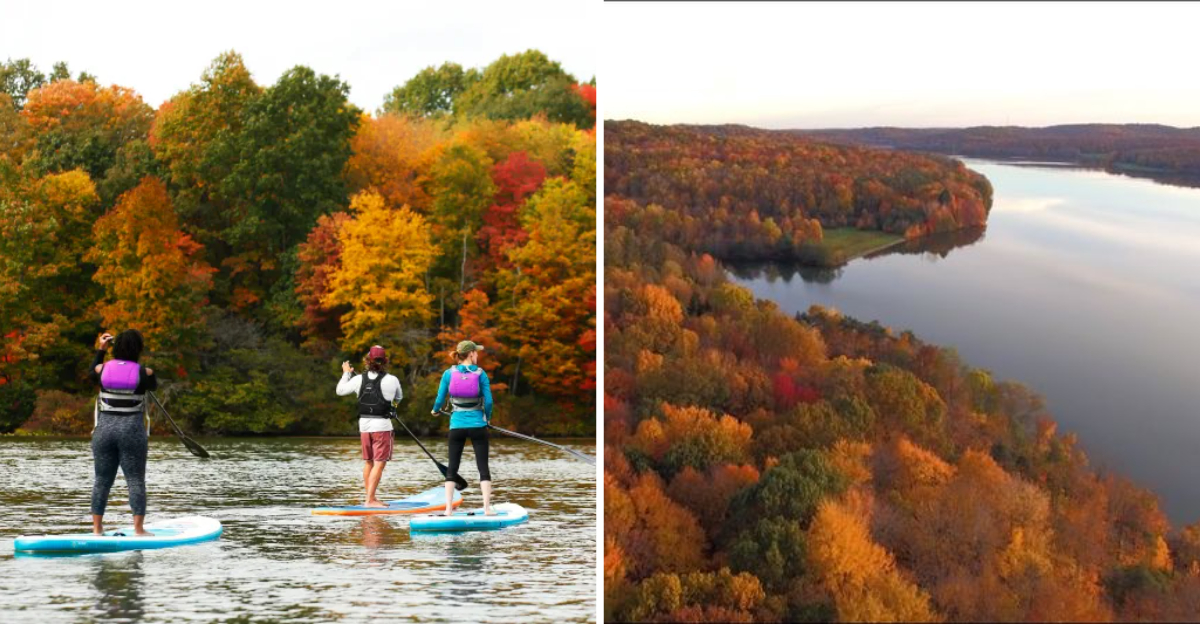A Forgotten North Carolina Lumber Town Is Now An Abandoned Landscape With Haunting History And Prime Fishing
Deep in the folds of the Great Smoky Mountains, a ghost town whispers tales of timber barons, railroad tracks, and families who vanished when a dam swallowed their valley.
Proctor, once a thriving lumber hub on Hazel Creek, now lies silent beneath the canopy – its streets erased, its homes gone, but its spirit stubbornly clinging to weathered foundations and overgrown cemeteries.
Today, anglers and history buffs paddle across Fontana Lake or hike miles of rugged trail to stand where an entire community once laughed, worked, and called home.
1. What & Where
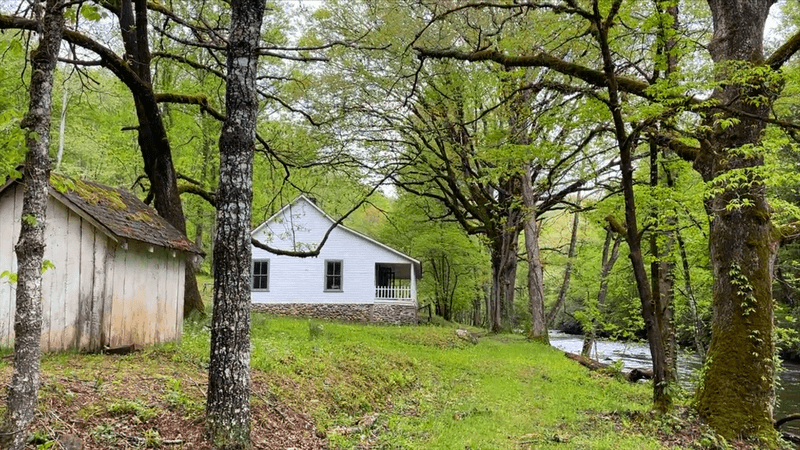
Proctor is a vanished lumber town tucked along Hazel Creek in Swain County, now swallowed by the borders of Great Smoky Mountains National Park. Most buildings were torn down or drowned when Fontana Dam rose in 1944, creating Fontana Lake and erasing roads, homes, and the hum of daily life. The settlement borrowed its name from Moses Proctor, an early pioneer who staked his claim in these misty hollows long before chainsaws sang.
If you squint at old maps, you can trace where Main Street ran and where the schoolhouse stood. Though decades have passed, the forest has reclaimed nearly every inch. However, the bones of Proctor still peek through leaf litter and kudzu, waiting for curious souls to piece together its story.
2. What Remains
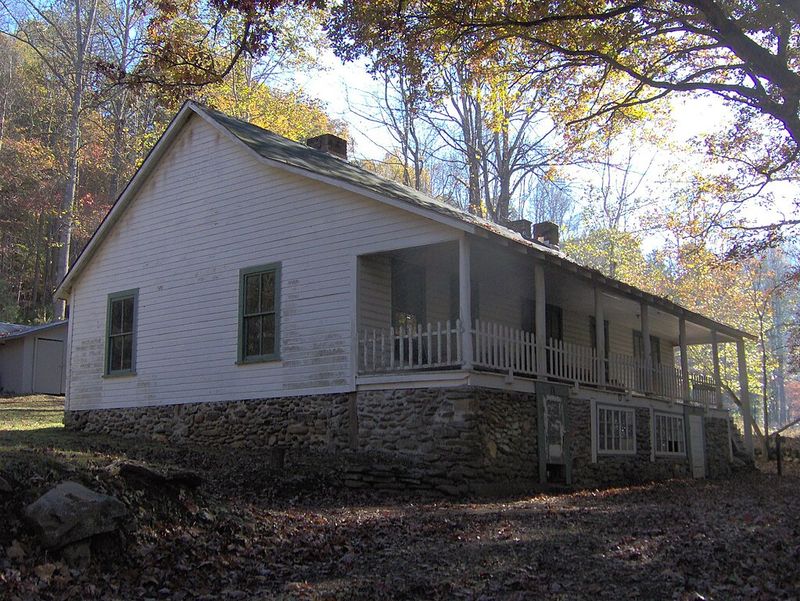
You can still spot the two-story Calhoun House, built around 1926–1928, standing like a lonely sentinel over the lost townsite. Scattered foundations, rusted machinery, and crumbling chimneys mark where the W. M. Ritter Lumber Company once ruled the valley with steam donkeys and narrow-gauge rail. Several historic cemeteries cling to nearby ridges, their headstones tilted but unbroken, guarding the names of loggers, teachers, and children who never left.
Treat all sites with care – no climbing, no souvenirs, no spray paint. These relics are fragile time capsules, protected by federal law and respect for the families who return each year to tend graves. How cool is it that a place so forgotten still holds such fierce memory?
3. How To Get There
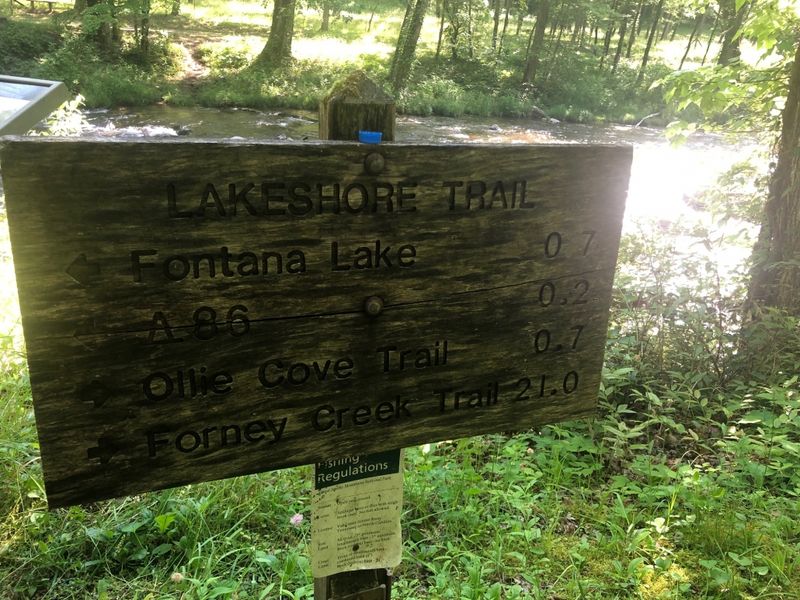
Proctor sits frozen in time, unreachable by road and stubbornly wild. Hikers tackle the Lakeshore Trail from Fontana Dam, a ten-mile stretch that rewards endurance with silence, lake views, and history swallowed by nature. Boats offer another route, crossing Fontana Lake from the marina near Fontana Village. Reservations help since schedules shift with the weather’s moods.
Those choosing the trail should load up on water, snacks, and patience. Cell service fades early, leaving you with chirping birds and crunching boots as company. It’s adventure stripped to the essentials – just a map, a lake breeze, and that delicious feeling of being nowhere and everywhere at once.
4. Why Anglers Go
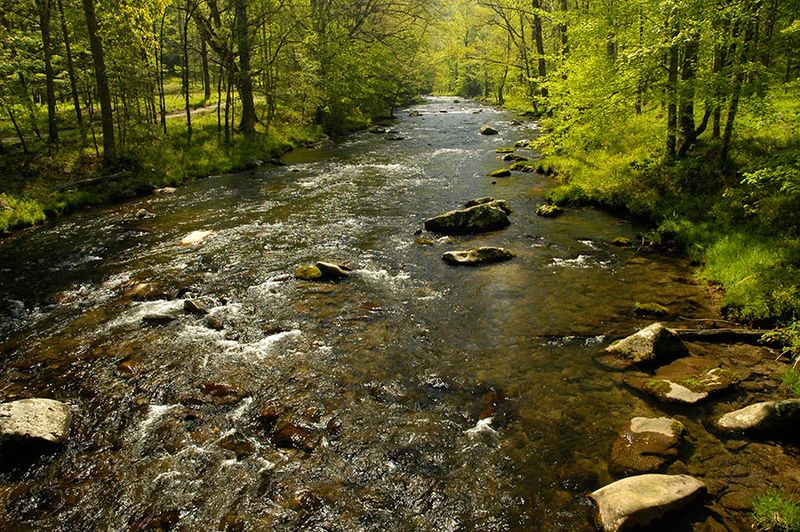
Hazel Creek flows like a living legend within Great Smoky Mountains National Park, famous among anglers who chase trout as much as solitude. Wild browns, rainbows, and brook trout dart through its clear currents, flashing color beneath the dappled forest light. Nearby, Fontana Lake’s deeper waters hold bass, walleye, and muskie – heavyweights ready to turn a quiet day into a brag-worthy tale.
A North Carolina or Tennessee license is required, and park fishing rules aren’t suggestions. Rangers here enforce them with precision, protecting both fish and the spirit of the place. Cast gently, respect the current, and let the past whisper around you; this creek once echoed with logging trains and now hums only with wind and water. Those who listen closely swear they can still feel history wading beside them.
5. Camping & Permits
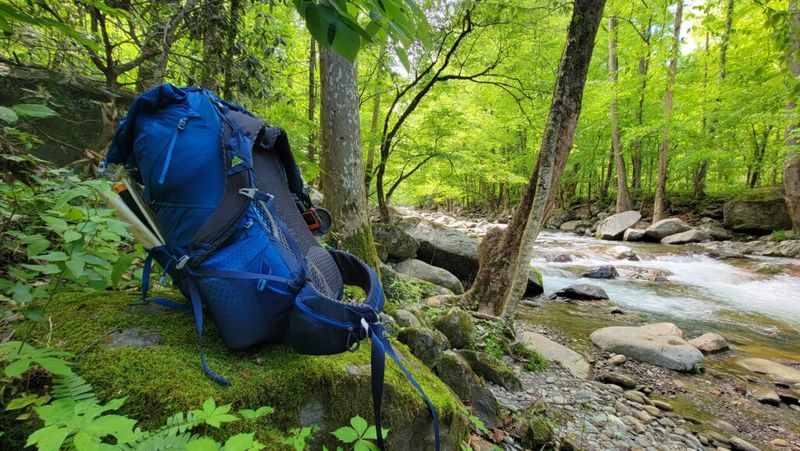
Backcountry Campsite 86, nicknamed Proctor, sits near the old townsite and offers a front-row seat to history and solitude. All Great Smoky Mountains National Park backcountry overnights require advance reservations and permits – no exceptions, no walk-ups, no “I forgot” excuses. Expect bear-aware food storage rules, pack-in/pack-out waste policies, and zero facilities, which means your bathroom is a trowel and a plan.
If you park at trailheads, a GSMNP parking tag is required; rangers patrol regularly. Though roughing it might sound tough, waking up where a lumber town once bustled is worth every mosquito bite. Where else can you pitch a tent on top of forgotten dreams and vanished streets?
6. Food & Services
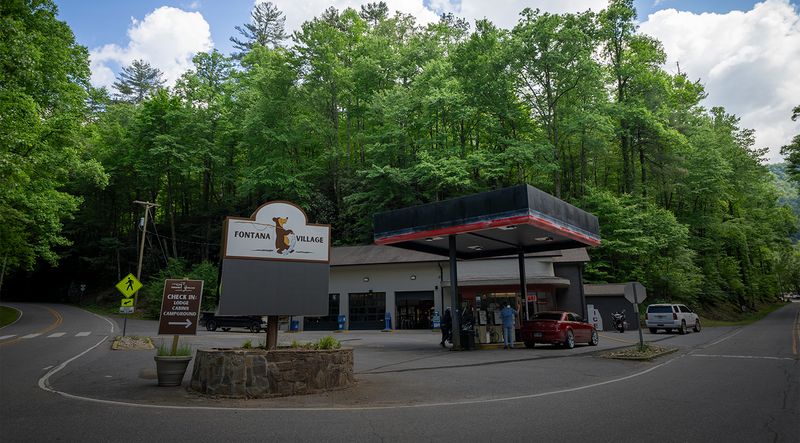
There are no stores, restaurants, or potable water at Proctor, bring everything you need or face a very hungry, very grumpy hike back. The nearest dining clusters around Fontana Village by the marina area, where options typically include a sit-down restaurant serving regional Appalachian dishes and a casual canteen for quick bites. Hours can vary by season, so confirm before you go, unless you enjoy showing up to locked doors and sad parking lots.
If you pack trail mix, jerky, and energy bars, you will survive. However, dreaming of hot biscuits and gravy while you munch granola adds a certain poignant flavor to the adventure. Just saying, snacks taste better when seasoned with nostalgia.
7. Haunting History
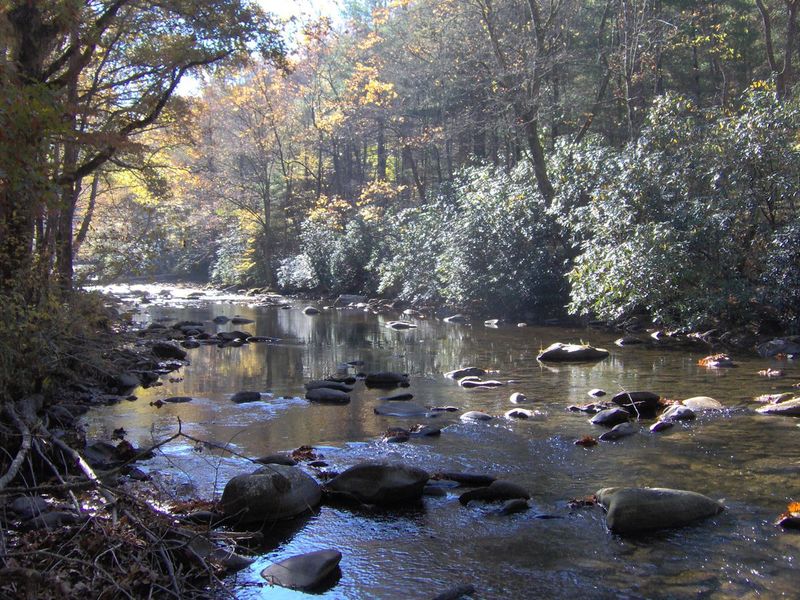
Proctor surged in the early 1900s when Ritter Lumber built a railroad up Hazel Creek, turning deep forest into a booming company town.
By the 1920s, mills thrummed, schools buzzed, and cabins filled the valley. When logging ended and Fontana Dam rose during World War II, the town emptied, swallowed by the lake created to power aluminum production.
Families left behind homes and history, carrying heartbreak upriver. The promised North Shore Road never arrived, leaving only the “Road to Nowhere” tunnel near Bryson City. Yet each year, descendants return by boat, decorating hilltop graves and proving that memory still outlasts water.



